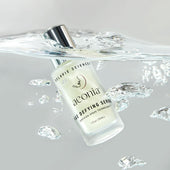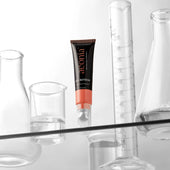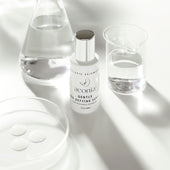Antioxidant (DPPH)
1.0 OBJECTIVE
The purpose of this study was to evaluate the antioxidant potential of the Aeonia age defying serum. To
measure this effect, the scavenging effect of the serum on the stable radical 2,2-diphenyl-1-
picrylhydrazyl (DPPH) was determined. The free radical DPPH has a strong absorbance at 490 nm, and
this absorbance is reduced when DPPH reacts with antioxidant compounds and is converted to
hydrazine. The DPPH assay is considered a valid and easy assay to evaluate scavenging activity of
antioxidants, since the radical compound is stable and does not have to be generated as in other radical
scavenging assays.
2.0 Antioxidant Potential of the Serum as Determined by the DPPH Assay
The results for the DPPH assay are presented in Table/Graph 1 and are expressed as percent DPPH
scavenged ± standard deviation.


The purpose of this study was to evaluate the antioxidant capabilities of the Aeonia age defying serum
using the DPPH assay. In this study, the serum was observed to have antioxidant activity, with an EC50
(concentration at which it scavenged 50% of the DPPH) of 0.5%. This level of activity is equivalent to
having 2.88 mg of Trolox per ml of the serum and can be expressed as 288 mg Trolox Equivalents per
100g of material or 1,152 umol Trolox Equivalents per 100g of material. For reference, some standard
Trolox Equivalents can be found in Table 2.

References
Miller, H.E., Rigelhof, F., Marquart, L.,Prakash, A., Kanter, M. Antioxidant content of whole grain breakfast cereals, fruits and
vegetables. Journal of the American College of Nutrition. 19(3): 312S-319S, 2000.






